Some time ago, Google Glass was introduced with a huge marketing buzz. But the device itself – despite being so stylish – was met with a not-so-welcoming embrace from the majority due to the myriad of privacy concerns it entailed. With its suspended sales, it’s been made clear that the world is not yet ready for eye wearable tech. However, on February 17, another tech giant Sony took a direct marketing plummet by following suit to the risky and unconventional path.
It was announced that a limited model of an eye-gadget named SmartEyeGlass Developer Edition SED-E1 will hit the market next month in the US, UK, Japan and Germany, and will also be available later in other European countries including France, Spain, Belgium, Italy, Netherlands and Sweden. Rumor has it that the initial market price will be at $840. The design will encompass a sporty black frame with a transparent 8-bit display screen that has 85% transmittance in the lenses, which would allow seamless notifications that would be pushed from a compatible Android 4.4 handheld device.
The main distinction between Sony’s EyeSmartGlass and Google Glass is the former’s separate controller. When not in use, the controller could be put in your pocket or be clipped to a lapel. Within the controller, the device’s speaker, battery, mic and touch sensors are housed neatly.
Overall, the device weighs 2.7 ounce (controller included). A 3-MP camera is built in within the device. It also has accelerometer, compass, light sensor and a gyroscope for easy maneuvering purposes. The battery, however, could only last up to 2 hours and 30 minutes under constant use.
The highlight of the device lies on its built-in sensors which enables the users to experience augmented reality. Its applications in the real working environment is also beneficial should the need of hands-free capable devices arise. In fact, according to Josh Crandall, an analyst at NetPop Research, “There is a time and a place for smart eyeglasses. This is particularly true in professional roles, when hands are necessary for working, and reference information is required to complete the task.”
In a sullen tone, however, Roger Kay from Endpoint Technologies Associates noted several issues that Sony missed to cover up such as the bulky appearance of the device and of course, the impending social taboo that an eye wearable tech currently has – it is still socially unsettling to wear a smart glass that could spy on people. And unfortunately, general users would find little to no use of them. So even though the price of Sony’s eye wearable is way lower than that of Google, the general public might not invest in such an unconventional piece of device – at least not yet.
Clarissa Turner is an English major graduate from New York University. Due to her academic background, she has developed a passion in writing and informing others on important stories around the world. As she is a geek at heart, she has combined both her passions to write quality articles on geek-related news.

1 Comment
Leave a Reply
Cancel reply
Leave a Reply
This site uses Akismet to reduce spam. Learn how your comment data is processed.






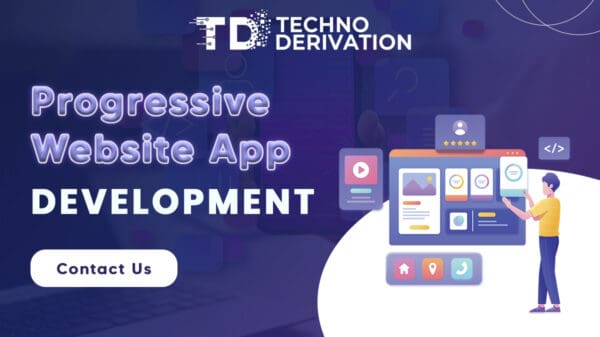
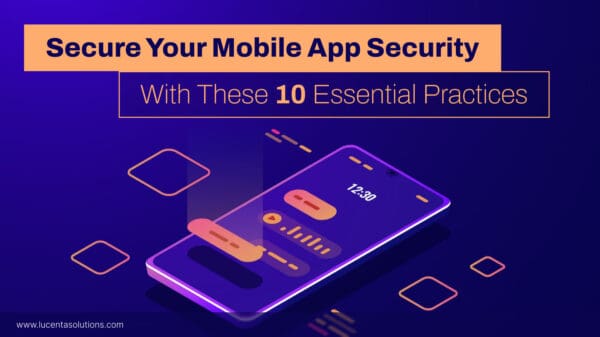
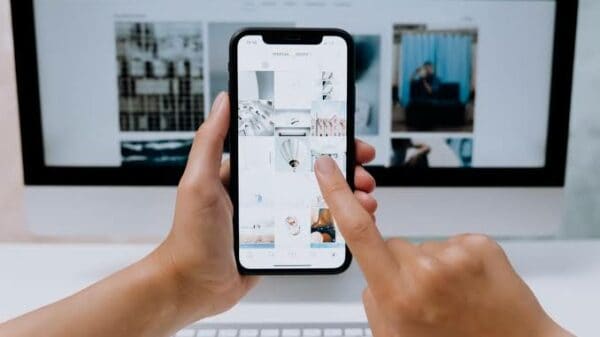


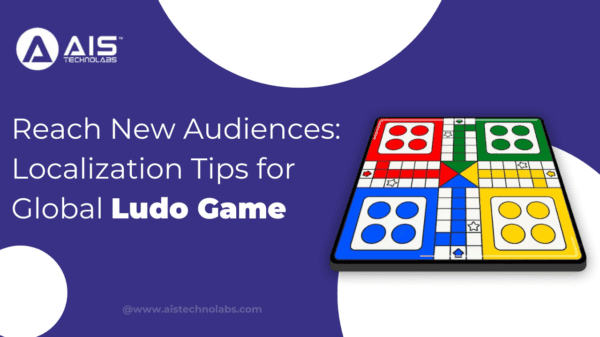



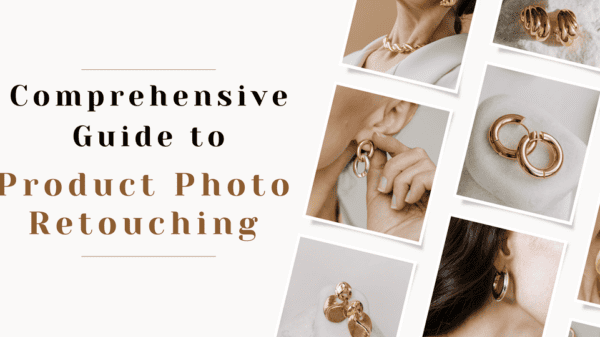





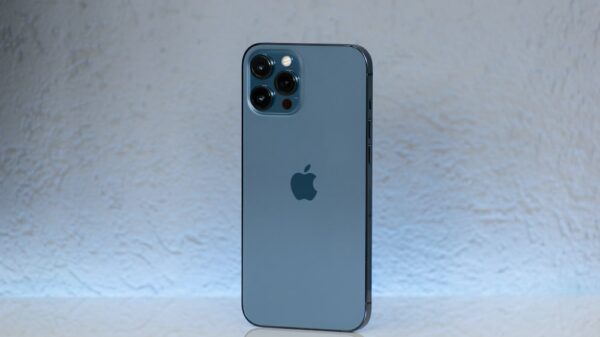























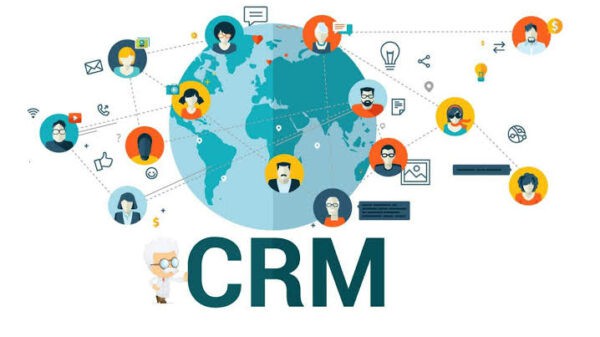




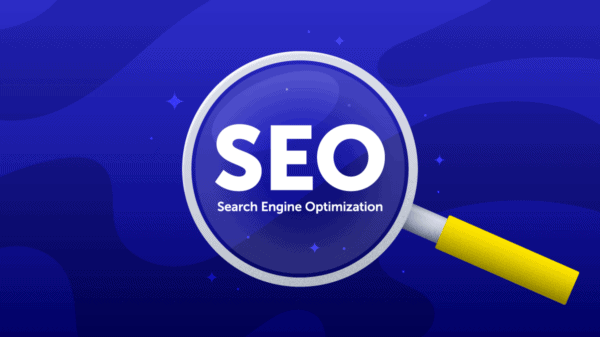





















































































































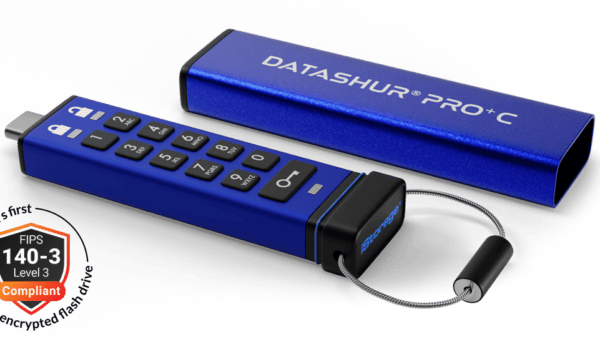














Michael
March 9, 2015 at 10:53 am
I should get one of these or the Google version to capture the madness that happens every day at the Cannes festival, particularly as my hands are busy either shaking other hands or holding a glass. 😉
Michael